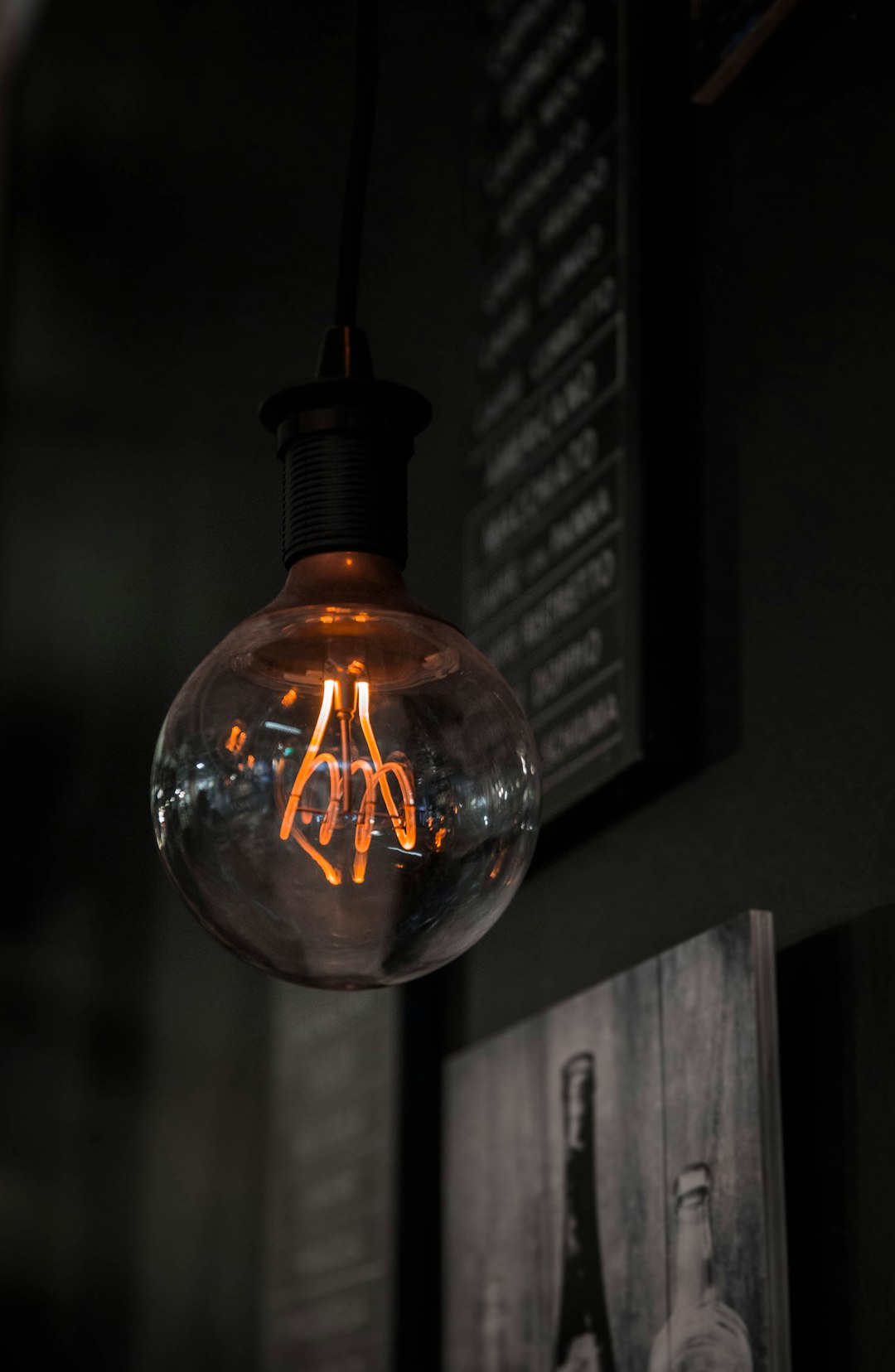Support our educational content for free when you purchase through links on our site. Learn more
Is PLA Biodegradable? [2024] 🌱
Did you know that PLA filament is often touted as biodegradable? But is it really? In this comprehensive guide, we’ll dive deep into the topic of PLA biodegradability and separate fact from fiction. We’ll explore the different environments in which PLA can break down, the time it takes to biodegrade, and the impact it has on the environment. So, let’s get started and uncover the truth about PLA’s biodegradability!
Table of Contents
- Quick Answer
- Quick Tips and Facts
- Background: The Story of PLA
- The Biodegradability of PLA
- PLA in Different Environments
- The Problem with PLA Waste Management
- Can We Recycle PLA Instead?
- The Importance of Choosing Recycled PLA Filament
- Reducing the Environmental Impact of 3D Printing
- FAQ
- Conclusion
- Recommended Links
- Reference Links
Quick Answer
PLA (Polylactic Acid) filament is often marketed as biodegradable, but the truth is more nuanced. While PLA can biodegrade under specific conditions, such as industrial composting and anaerobic digestion, it does not readily break down in soil, home compost, or landfill environments. The biodegradability of PLA depends on the presence of specific microorganisms and the right conditions. So, while PLA has some biodegradable properties, it is not a universally biodegradable material.
✅ Quick Tip: If you’re looking for biodegradable alternatives to PLA, consider materials like PHA (Polyhydroxyalkanoates) or PCL (Polycaprolactone), which have better biodegradability profiles.
Quick Tips and Facts
Before we delve deeper into the topic, here are some quick tips and facts about PLA and its biodegradability:
- PLA is a popular filament material for 3D printing due to its ease of use, low odor, and wide availability.
- PLA is derived from renewable resources, such as cornstarch or sugarcane, making it more environmentally friendly compared to petroleum-based plastics.
- PLA is often labeled as biodegradable, but its biodegradability is limited to specific conditions.
- PLA requires the presence of specific microorganisms and the right environmental conditions to biodegrade effectively.
- PLA does not readily biodegrade in soil, home compost, or landfill environments.
- Industrial composting facilities and anaerobic digestion processes can break down PLA effectively.
- PLA can take several months to years to biodegrade, depending on the conditions.
- The biodegradation process of PLA produces carbon dioxide, water, and biomass.
Now that we have a quick overview, let’s explore the background and history of PLA to better understand its biodegradability.
Background: The Story of PLA

PLA, or Polylactic Acid, is a biodegradable thermoplastic derived from renewable resources. It was first discovered in the 1930s but gained popularity in recent years due to its use in 3D printing. PLA is made from plant-based materials, such as cornstarch or sugarcane, which undergo a fermentation process to produce lactic acid. The lactic acid is then polymerized to form PLA.
PLA has become a popular choice for 3D printing enthusiasts and professionals alike due to its ease of use, low warping, and wide range of available colors. However, its biodegradability has been a subject of debate and confusion. Let’s explore the biodegradability of PLA in more detail.
The Biodegradability of PLA
PLA is often marketed as a biodegradable material, but what does that really mean? Biodegradability refers to the ability of a material to break down into natural elements, such as carbon dioxide, water, and biomass, through the action of microorganisms. PLA has some biodegradable properties, but its biodegradability is limited to specific conditions.
✅ Quick Fact: PLA is classified as a “bioplastic” due to its renewable origins, but not all bioplastics are biodegradable.
PLA requires the presence of specific microorganisms, such as bacteria or fungi, to initiate the biodegradation process. These microorganisms produce enzymes that break down the polymer chains of PLA into smaller molecules. However, the presence of these microorganisms and the right environmental conditions are crucial for effective biodegradation.
PLA in Different Environments
To understand the biodegradability of PLA, it’s essential to consider different environments and their impact on the material. Let’s explore how PLA behaves in various settings:
1. Industrial Composting Facilities
PLA can biodegrade effectively in industrial composting facilities. These facilities provide the ideal conditions for the growth of specific microorganisms that can break down PLA. The controlled temperature, humidity, and nutrient levels in these facilities accelerate the biodegradation process. PLA can typically biodegrade within a few months in industrial composting conditions.
✅ Quick Tip: When disposing of PLA in an industrial composting facility, make sure to check if the facility accepts PLA and follow their guidelines for proper disposal.
2. Anaerobic Digestion
Anaerobic digestion is another process in which PLA can biodegrade. Anaerobic digestion occurs in oxygen-free environments, such as biogas plants or landfills. In these environments, microorganisms break down organic matter, including PLA, to produce biogas and digestate. PLA can take several months to years to biodegrade in anaerobic digestion conditions.
❌ Quick Fact: PLA does not readily biodegrade in aerobic environments, such as soil or home compost. The lack of specific microorganisms and the presence of oxygen hinder the biodegradation process.
3. Soil and Home Compost
Contrary to popular belief, PLA does not readily biodegrade in soil or home compost environments. The lack of specific microorganisms and the presence of oxygen limit the biodegradation process. PLA can persist in soil or home compost for an extended period without significant degradation.
✅ Quick Tip: If you’re using PLA for gardening purposes, consider removing the PLA residues after use to prevent potential environmental contamination.
4. Landfills
In landfills, where oxygen levels are low, PLA can still take a long time to biodegrade. The lack of specific microorganisms and the slow degradation process in these environments contribute to the persistence of PLA. Landfills are not designed to facilitate biodegradation, and the conditions are not optimal for PLA to break down effectively.
Based on these observations, it’s clear that PLA’s biodegradability is limited to specific conditions, such as industrial composting and anaerobic digestion. In other environments, such as soil, home compost, or landfills, PLA does not readily biodegrade.
The Problem with PLA Waste Management
With the increasing popularity of 3D printing, PLA waste management has become a significant concern. Approximately 33% of all 3D prints end up as waste, leading to environmental challenges. In the UK alone, this could result in 379,000 kg of plastic waste annually.
The limited biodegradability of PLA in traditional waste management systems poses a problem. If PLA ends up in landfills or improperly disposed of, it can persist for a long time without breaking down. This contributes to the accumulation of plastic waste and its associated environmental impact.
To address this issue, alternative waste management strategies for PLA are being explored. Let’s take a look at recycling as a potential solution.
Can We Recycle PLA Instead?
Recycling PLA waste is a more practical approach to diverting it from landfills. While PLA does not readily biodegrade in traditional recycling processes, it can be recycled through specialized facilities. These facilities use mechanical or chemical processes to break down PLA into its raw materials, which can then be used to produce new PLA products.
✅ Quick Fact: When recycling PLA, it’s important to separate it from other types of plastics to ensure the quality of the recycled material.
Upcycling and closed-loop approaches are also viable solutions for managing PLA waste. Upcycling involves transforming PLA waste into new products with higher value or functionality. Closed-loop systems aim to create a circular economy by recycling PLA waste back into the production of PLA filament or other PLA-based products.
By recycling PLA waste, we can reduce the environmental impact of 3D printing and contribute to a more sustainable future.
The Importance of Choosing Recycled PLA Filament
When it comes to 3D printing with PLA, choosing recycled PLA filament can make a significant difference. Recycled PLA filament is made from post-industrial extrusion waste, reducing the need for virgin PLA production. By opting for recycled PLA filament, you can contribute to a circular economy and minimize the environmental impact of your 3D printing projects.
✅ Quick Tip: Look for brands like Filamentive that offer recycled PLA filament. Filamentive’s commitment to sustainability goes beyond marketing slogans, with an average of 87% of their PLA filament products made with recycled materials.
Using recycled PLA filament not only reduces the demand for new PLA production but also helps divert PLA waste from landfills. By supporting brands that prioritize sustainability, you can make a conscious choice for a greener future in 3D printing.
Reducing the Environmental Impact of 3D Printing
While PLA has its environmental advantages, it’s important to consider the overall impact of 3D printing on the environment. Here are some tips to reduce the environmental impact of 3D printing:
-
Optimize your designs: Design your 3D models with efficiency in mind, minimizing material usage and reducing waste.
-
Print with purpose: Avoid unnecessary prints and focus on projects that have practical value or serve a specific purpose.
-
Recycle and upcycle: Whenever possible, recycle your PLA waste or explore upcycling options to give it a new life.
-
Choose sustainable materials: Consider alternative materials, such as recycled PLA filament or other biodegradable options, to reduce your environmental footprint.
-
Educate and share knowledge: Spread awareness about sustainable 3D printing practices and encourage others to make environmentally conscious choices.
By adopting these practices, you can make a positive impact and contribute to a more sustainable future for 3D printing.
FAQ

Is PLA really environmentally friendly?
PLA is considered more environmentally friendly compared to petroleum-based plastics due to its renewable origins. However, its environmental impact depends on various factors, including its end-of-life management and disposal. While PLA has some biodegradable properties, it requires specific conditions to biodegrade effectively.
How long does it take for PLA to biodegrade?
The time it takes for PLA to biodegrade depends on the conditions. In industrial composting facilities, PLA can biodegrade within a few months. In anaerobic digestion environments, it can take several months to years. However, in soil, home compost, or landfills, PLA does not readily biodegrade and can persist for an extended period.
Does PLA biodegrade in landfill?
PLA does not readily biodegrade in landfill environments. The lack of specific microorganisms and the slow degradation process hinder the biodegradation of PLA in landfills. To minimize the environmental impact of PLA, it’s important to explore alternative waste management strategies, such as recycling or upcycling.
Does PLA biodegrade in soil?
PLA does not readily biodegrade in soil. The lack of specific microorganisms and the presence of oxygen limit the biodegradation process of PLA in soil environments. If PLA ends up in soil, it can persist for an extended period without significant degradation.
Conclusion

In conclusion, while PLA filament is often marketed as biodegradable, its biodegradability is limited to specific conditions. PLA can biodegrade effectively in industrial composting facilities and anaerobic digestion environments. However, it does not readily break down in soil, home compost, or landfill environments. The biodegradability of PLA depends on the presence of specific microorganisms and the right conditions.
To minimize the environmental impact of PLA, it’s important to explore alternative waste management strategies, such as recycling or upcycling. Choosing recycled PLA filament can also make a significant difference by reducing the demand for new PLA production and diverting PLA waste from landfills.
In the end, making informed choices and taking collective action can contribute to a greener future in 3D printing. So, consider the biodegradability of PLA and its impact on the environment when embarking on your next 3D printing project.
Recommended Links
- Beginner’s Guide to 3D Printing
- Industry News: Stay Up-to-Date with the Latest 3D Printing Trends
- Explore a Wide Range of 3D Printable Objects
- Commercial 3D Printing Projects: Inspiring Examples
- Free 3D Models for Your Next Project
- How Long Do 3D Prints Last?


